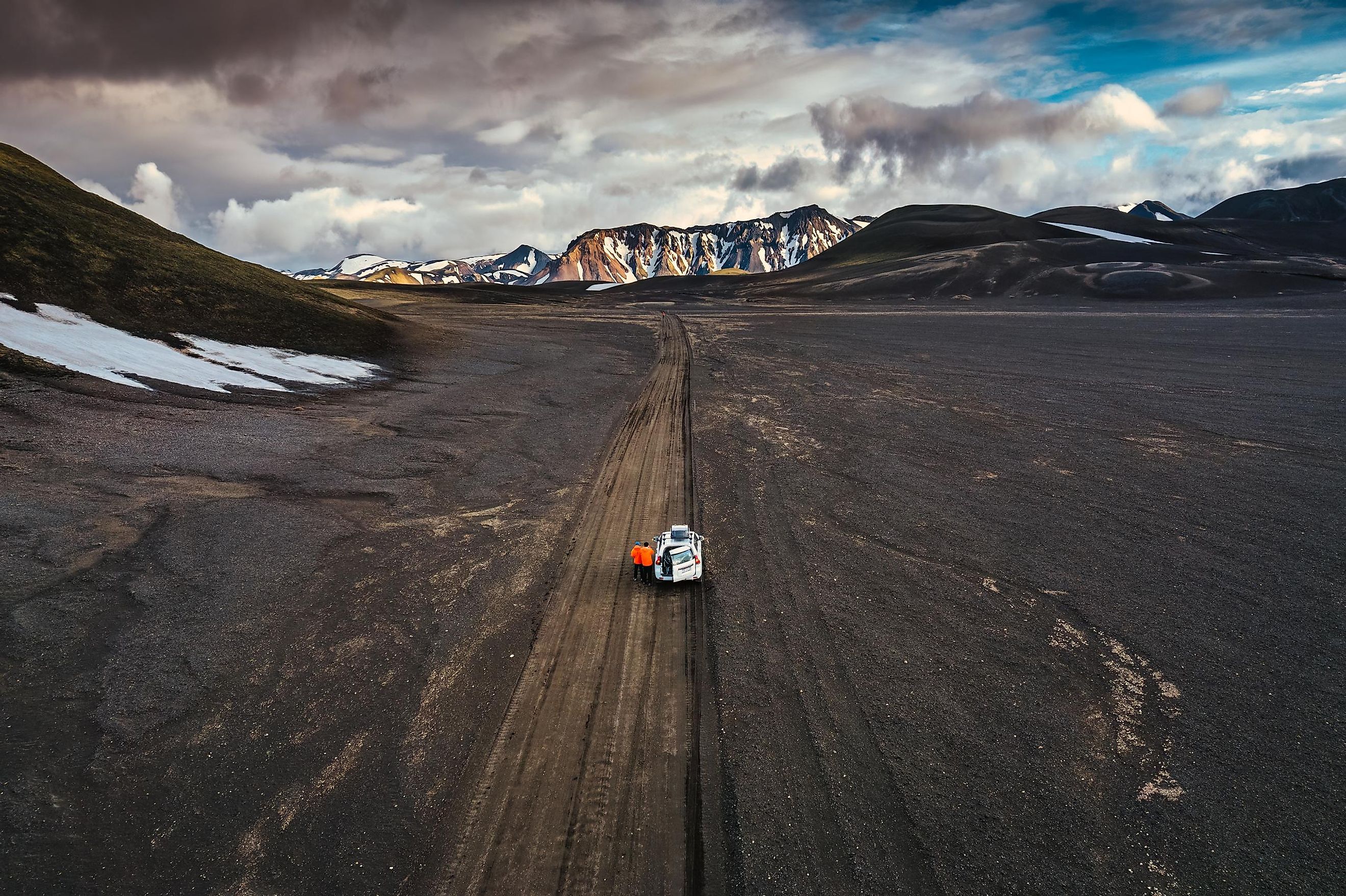
How Do Plateaus Form?
A plateau, also known as a tableland or a high plain, is defined as an expansive flat highland that is elevated sharply above the adjacent land area on at least one side. Found on almost every continent of the Earth, plateaus occupy about one-third of the planet’s land surface and are classified into different types based on their adjacent environments. As one of the Earth’s significant landforms, plateaus are formed by many processes involving lava extrusion, volcanic magma upwelling, and erosion by glaciers and flowing water bodies.
Formation Of Plateaus
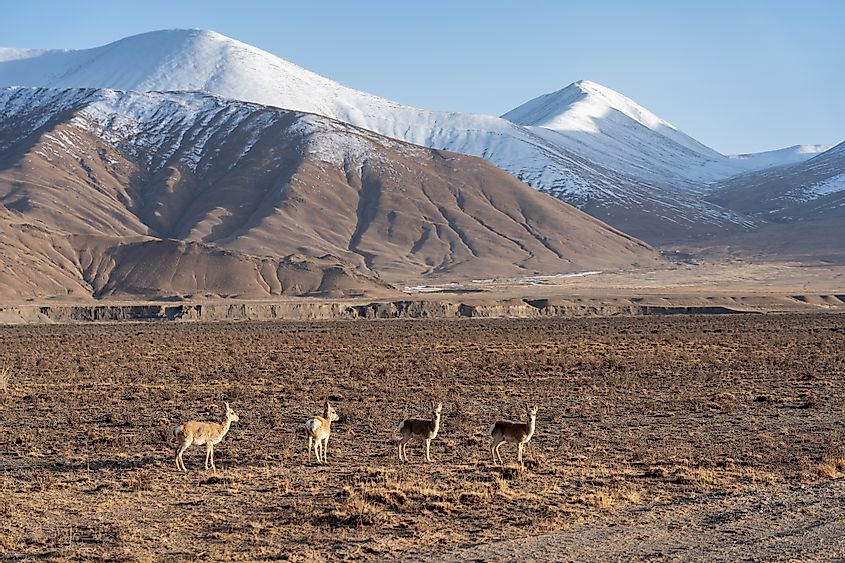
The formation and deformation of the various landforms on the Earth’s surface is an ongoing process, which is, in turn, due to the continuous interaction of internal and external forces. These internal (endogenic) and external (exogenic) forces cause stress and chemical action in different materials bringing about distinct changes in the configuration of the Earth’s surface. The same internal forces which are responsible for volcanic eruptions, earthquakes, and the formation of other topographic features are accountable for the creation of plateaus. Similarly, various external forces like water, waves, and wind also help to define the plateaus’ steep sides.
The three kinds of tectonic processes, i.e., volcanism, crustal shortening, and thermal expansion, that result in the formation of mountain ranges are also involved in the formation of plateaus. The simplest among these processes is thermal expansion, which involves replacing the cold mantle lithosphere with the hot asthenosphere.
Volcanism
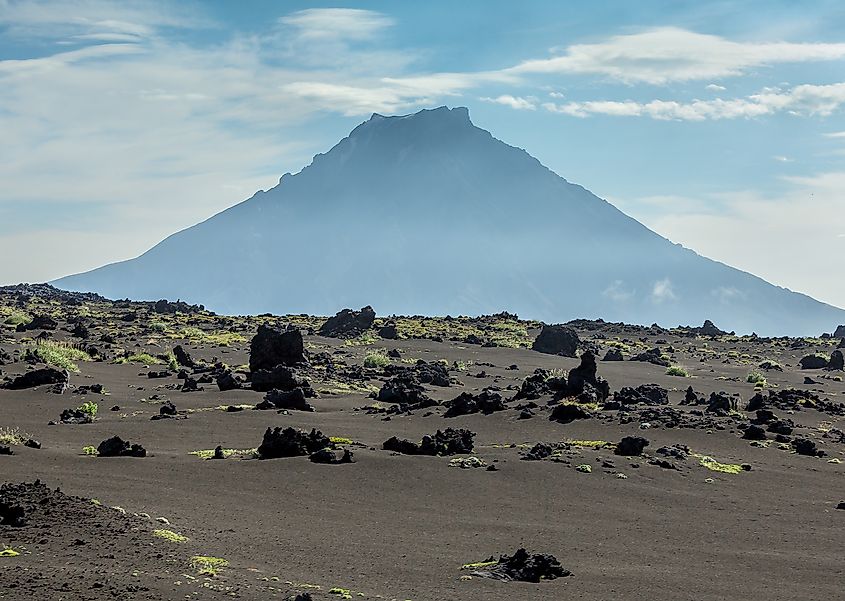
This process involves completely burying preexisting terrain by extensive lava flows and volcanic ash produced due to widespread volcanic activities. The two processes involved in forming volcanic or lava plateaus are the upwelling of volcanic magma and lava extrusion. The volcanism involved in such cases is usually associated with hotspots.
Upwelling begins when magma rises from the Earth’s mantle, leading the underlying ground to swell upwards. As a result, the flat rocky areas are uplifted to form a plateau. Likewise, in the case of plateaus created by extrusion, the rock is built up from the outward spreading of lava from the cracks and fissures in the crust. However, since the lava flows extensively before solidifying, this plateau type is found at great distances from the volcanic centers. Examples of plateaus formed by volcanism include the Columbia Plateau in the northwestern United States, the Deccan Traps of peninsular India, the Canadian Shield or Laurentian Plateau, the Siberian Traps of Russia, etc.
Crustal Shortening
Crustal shortening is a plateau-formation process that involves thrusting one block of crust over another or folding of the rock layers. The plateaus that are formed by this process are typically mountains that have disintegrated on themselves and covered the ground around them with large debris. As one tectonic plate slides under another, the top plate creates a mountain wall that collapses and levels out. The plateaus thus formed feature a heterogeneous combination of level surfaces, steep hills, and broad valleys loaded with the debris of the former mountain wall. Therefore, crustal shortening leads to the crust's thickening, which in turn creates high mountains along the margins of the plateaus.
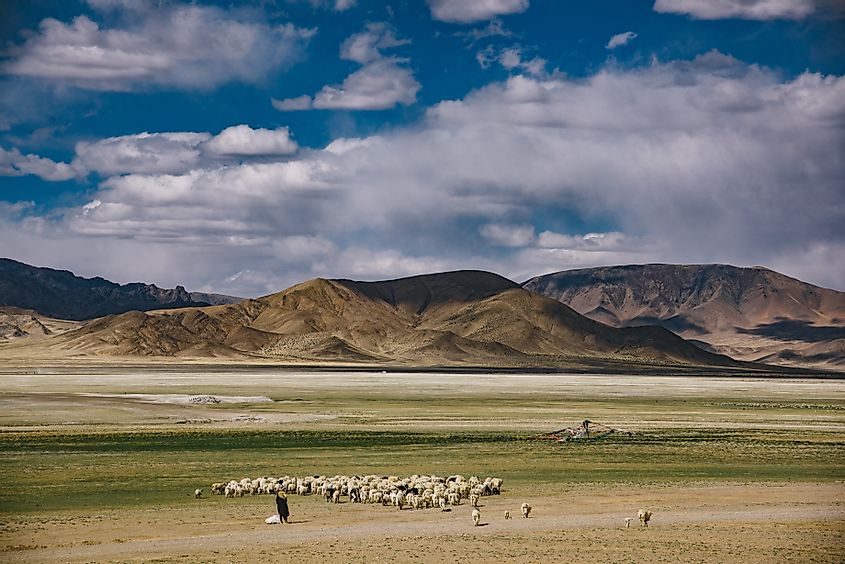
Plateaus formed by crustal shortening are commonly found where landmasses have collided, as well as within major mountain belts and in places experiencing arid climates, such as North Africa, Tibet, Iran, and Turkey. Crustal shortening is the most significant factor that led to the creation of the world’s largest and highest plateau – the Tibetan Plateau. Another example of a plateau formed by crustal shortening is the Altiplano Plateau, located between the volcanic Cordillera Occidental and the Cordillera Oriental, under which the Brazilian shield is being thrust.
Thermal Expansion
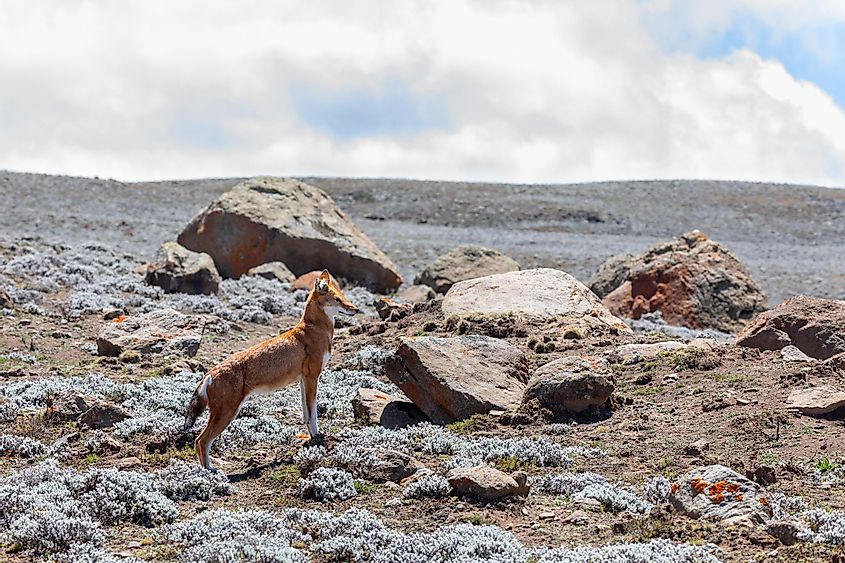
Thermal expansion refers to the process by which the hot asthenosphere replaces the cold mantle lithosphere. In this process, hot molten magma in the underlying asthenosphere induces warming and thermal expansion of the crust and the uppermost part of the mantle., i.e., the lithosphere. The extremely high temperatures underneath lead to the upliftment of the overlying surface. If the uplifted surface had initially been low and without marked relief, it would remain relatively flat when uplifted to a uniform elevation. The thermal expansion process created the high plateaus of East Africa and Ethiopia.
Some scientists believe that erosional processes of glaciers on mountain ranges also lead to the formation of plateaus. In the majority of the mountain ranges, rivers and streams transfer eroded materials from the high mountains to the adjoining plains. When the drainage is internal, the rivers and streams deposit their debris in the valleys between the mountain ranges, forming plateaus. This type of plateau’s surface is marked by highly flat, broad valleys ringed by eroded hills and mountains. However, the separation of plateaus exclusively into the above-mentioned three distinctive formation processes (volcanism, crustal shortening, and thermal expansion) is tricky. This is because, in most cases, two or even all three processes are involved and often operate simultaneously to form plateaus.











